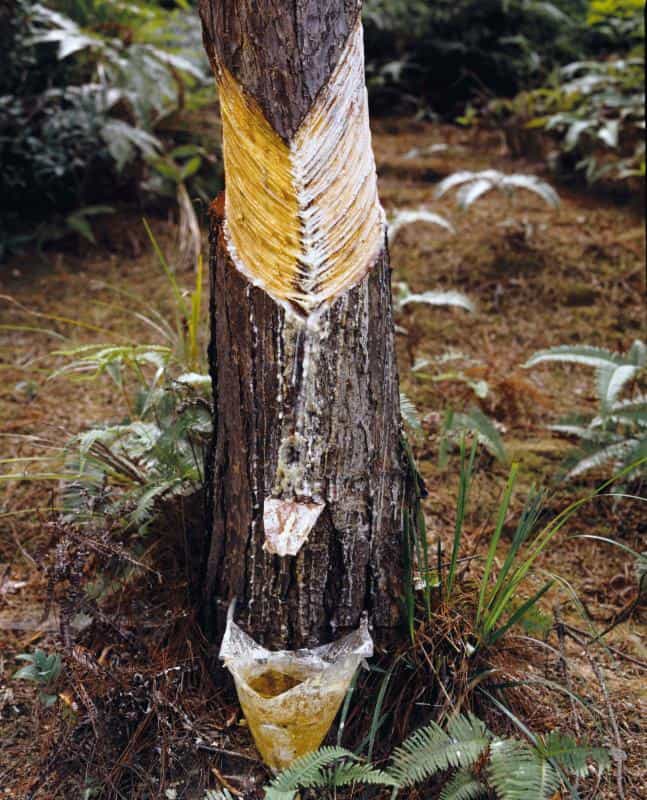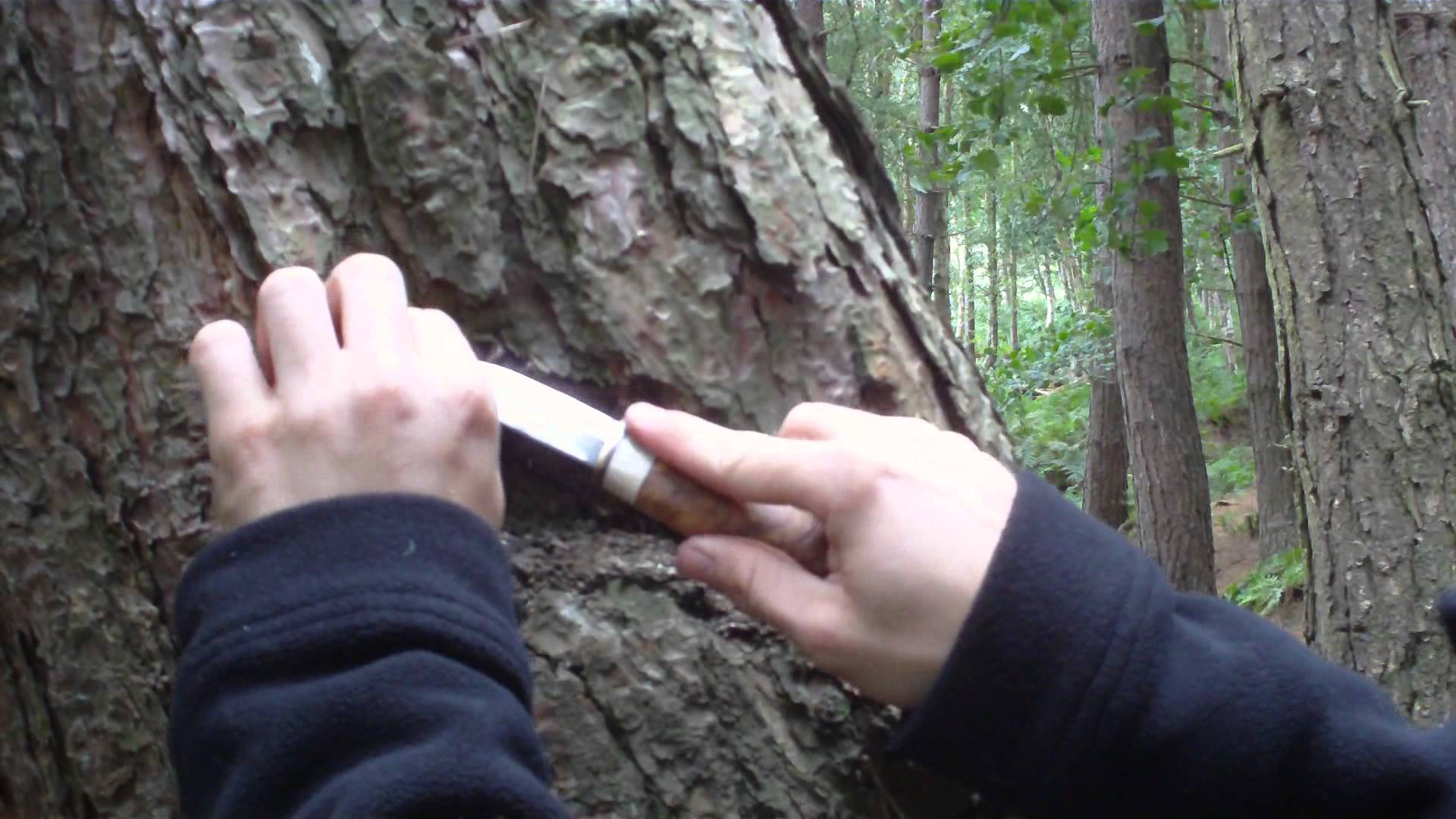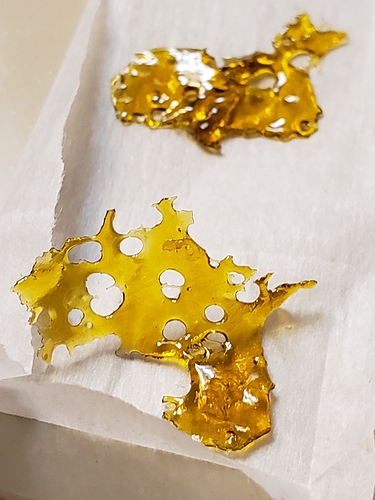

This basic salve recipe is useful for general first aid purposes, such as minor scrapes and scratches, or on chapped, dry skin spots. You could also mix and match with herbal infused oils, such as using mullein or bee balm infused oil as a sub for part of the resin infused oil in the decongestant balm, or by adding cayenne and/or ginger to your infusion if making a sore muscle rub. While basic pine salve is wonderful on its own, it can also be tweaked for specific purposes – such as making a balm for painful joints/arthritis, or a chest rub for coughs – simply by switching up the essential oils used. Tin of pine salve on the resin-covered tree it’s made from. Tip: If your original infusing jar still has a bunch of resin stuck to the bottom and you can’t clean it out, add more plain oil, cap the jar, and tuck it away in a warm place – like the top of your fridge, or a warm room – to infuse the slower way for a month or two. Just carefully pour out your oil when using for recipes, leaving the sediment behind in the jar. You’ll eventually notice some sediment at the bottom of the infusing jar – that’s fine and normal.The infused oil should have a shelf life of at least 12 months.After straining, immediately wipe out the remaining debris/resin with an old rag or paper towel, then clean the strainer with hot water and dish soap, so the residue from the remaining resin doesn’t stick to it.After the resin has had time to infuse into the oil, remove from heat and strain the oil through a fine mesh sieve into a jar, while it’s still hot.Keep a close eye during infusing time and don’t let the water in the pan dry out.


TIMBERBORN PINE RESIN DOWNLOAD
You can also check your local or state resources – they have tons of helpful information available! We found the Virginia Department of Forestry’s Common Native Trees of Virginia Guide (which you can freely download on their site) really helpful when starting to learn our trees. It should help you get started recognizing the types of pine that grow around you. The Arbor Day Foundation has an awesome interactive “What Tree Is This?” feature on their site. Please read Green Deane’s article on Yew, over at Eat the Weeds to learn more about its toxicity. One evergreen you don’t want to accidentally confuse with pine is Yew ( Taxus spp). The resin from spruce or some firs is also useful. Other pines to collect resin from include pinyon ( Pinus edulis) and Ponderosa ( Pinus ponderosa). Around our area, we mainly have eastern white pine ( Pinus strobis), Virginia pine ( Pinus virginiana), and loblolly pine ( Pinus taeda), so that’s what we use. You can forage resin from all types of pines. Clumps of resin on a fallen Virginia pine (Pinus virginiana) tree.


 0 kommentar(er)
0 kommentar(er)
